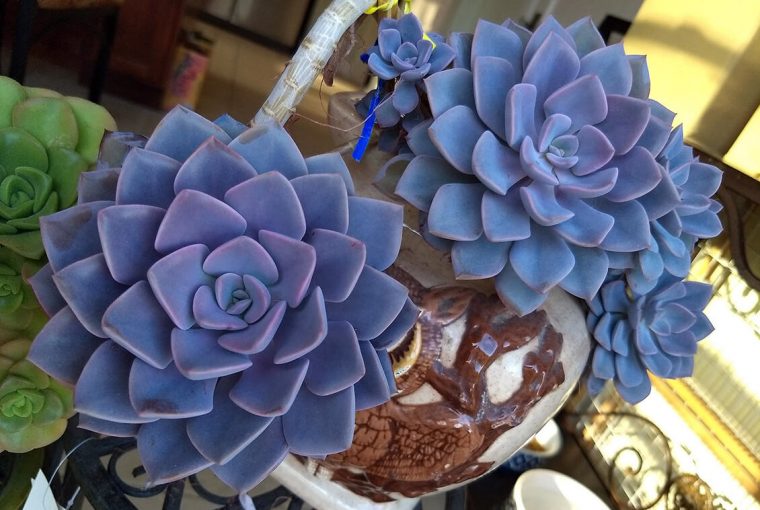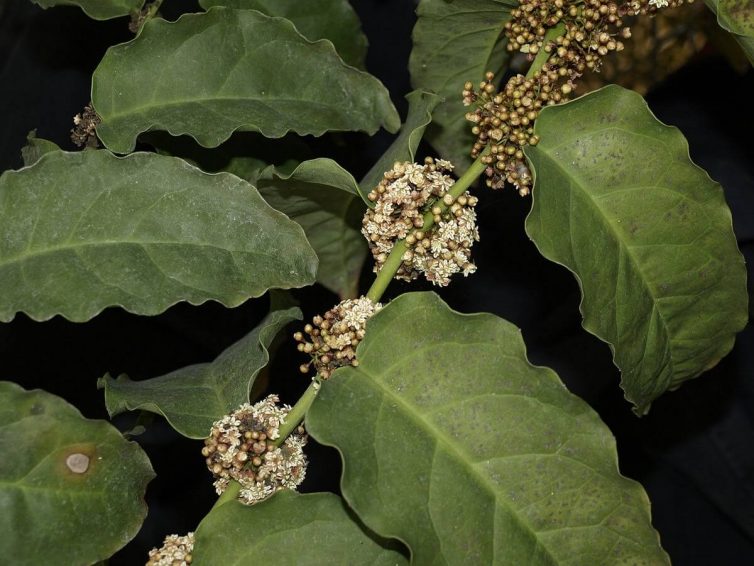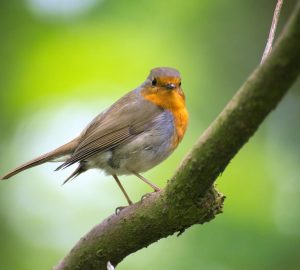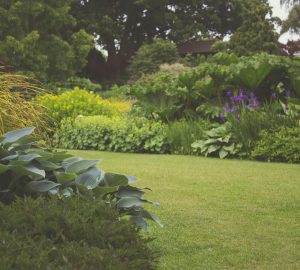We have compiled seven rare, beautiful and unusual plants, and also (bonus) take a look at the origin of flowers!
Beautiful, Rare & Unusual Plants
Graptoveria ‘Debbie’
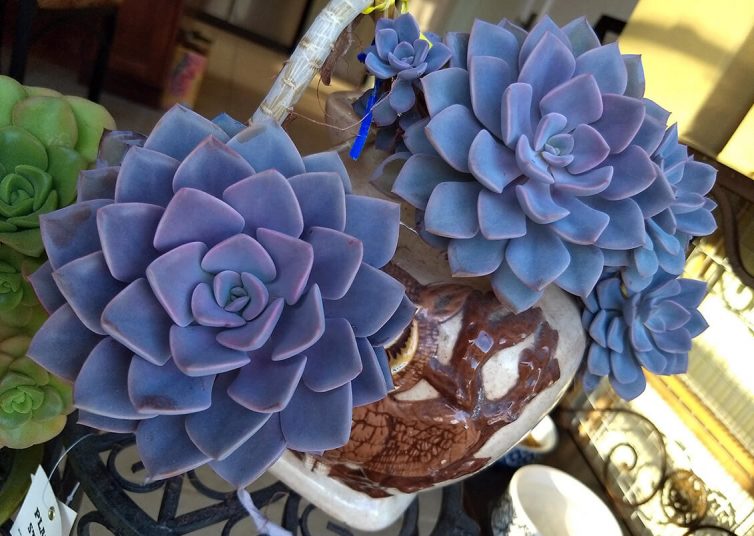
Like all Graptopetalums (and succulents), x Graptoveria ‘Debbie’ requires a lot of sunlight, and if you are lucky enough to be able to give it enough sun you may be rewarded with incredibly beautiful colours such as in the photo above. The story from this photo is the the original poster on reddit had visited her sister – so really it should be her that we should be crediting!
Small apricot coloured flowers may appear in spring.
Trachyandra flexifolia / Mankind plant

This rare and unusual plant is bought in bulb form, and grows in a very odd way!
From the Asphodelaceae family, this bizarre looking plant can be found in east and southern Africa, as well as Yemen and Madagascar.
Dolphin Succulent
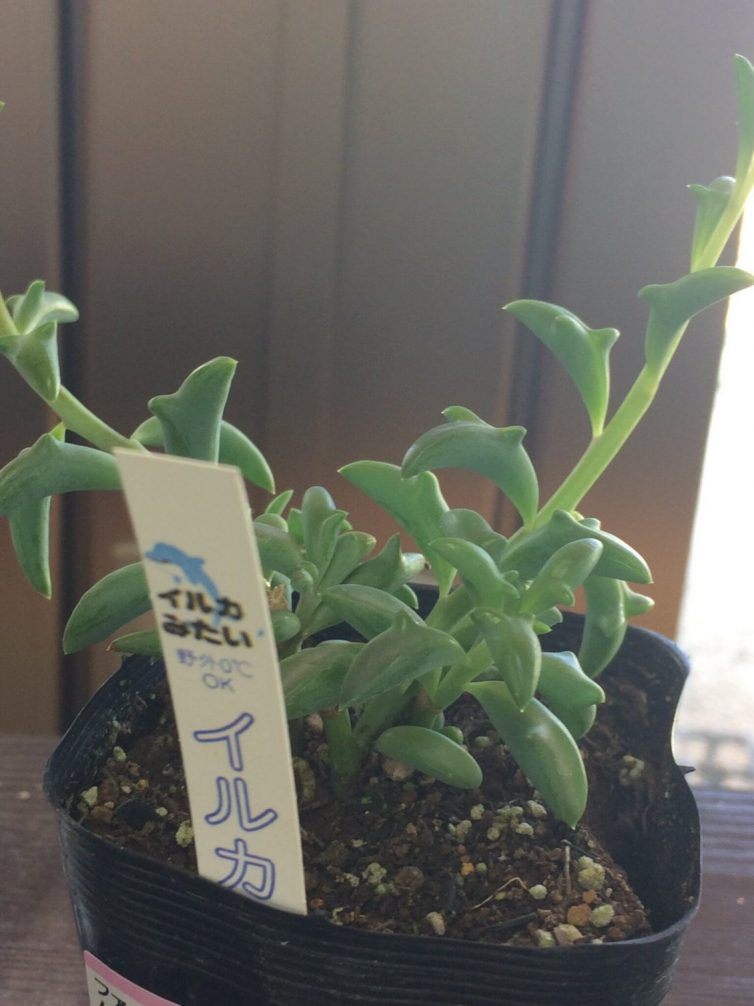
The key is in the name… this Japanese bred succulent took the world by storm last year, with it’s dolphin shaped succulent leaves!
Senecio herreianus ‘Purple Flush’
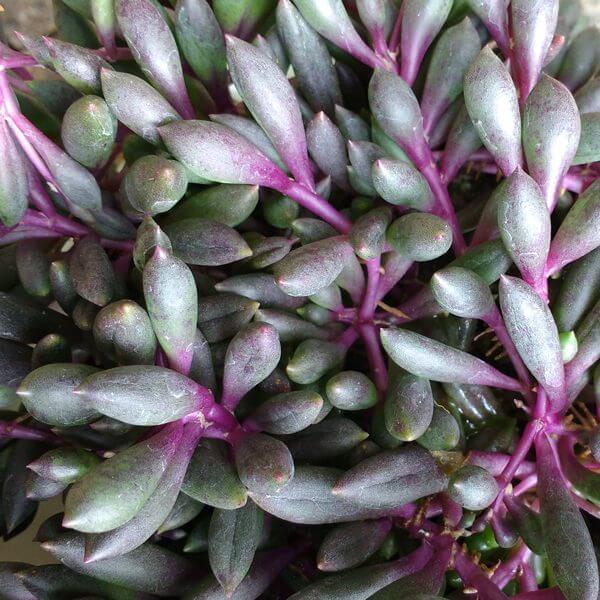
A variation of Senecio Herreianus, and quite similar to Senecio Rowleyanu String of Pearls, this beautiful purple coloured plant is quite hard to find and only available on a handful of specialist succulent websites.
Haworthia Cooperi
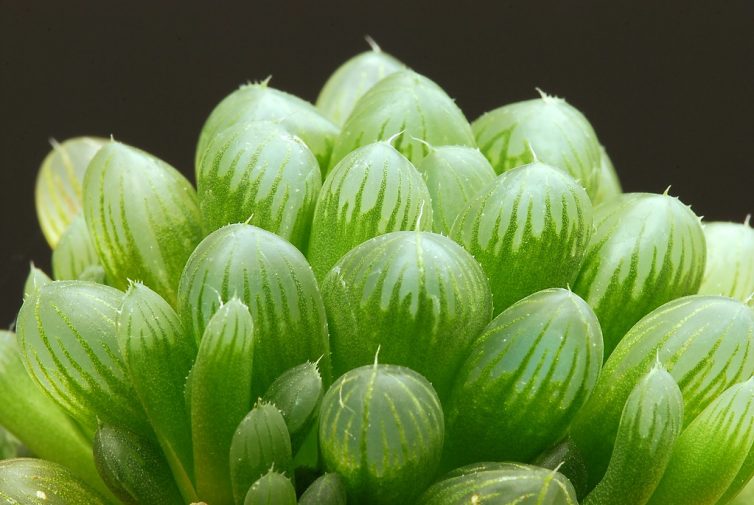
These strange looking lumps of weirdness are in fact a species of succulent, closely related to Aloe.
Found in the Eastern Cape Province in South Africa, the leaves of Haworthia Cooperi are partly transparent.
Tricyrtis hirta – Toad Lily
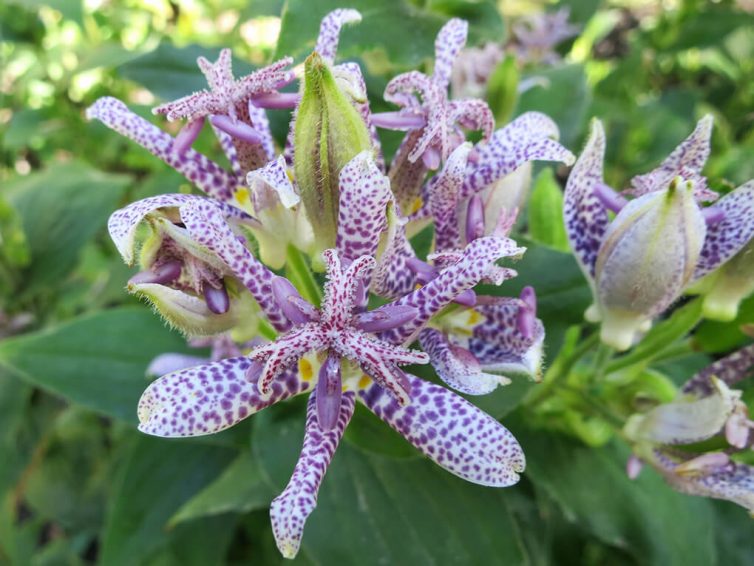
On the flower markets of Amsterdam you can buy Tricyrtis hirta, otherwise known as Toad Lily, in the form of a tubular type bulb and roots – which you plant into the ground and almost immediately should start to grow!
Generally though the plant can be very hard to find and you will almost never see it in a garden centre.
A good tip if you are lucky enough to be able to buy the plant is buy at least 5-6 and put them a large pot plenty with plenty of room.
Purple Shamrock – Oxalis triangularis
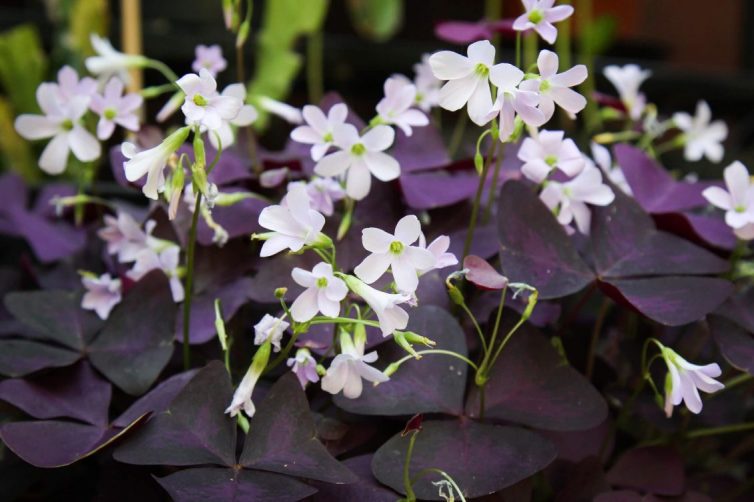
Oxalis triangularis, otherwise known as the love plant or false shamrock is endemic to Brazil.
The plant can be quite hard to find online – many an hour has been spent looking for them. Some vendors (if you are very lucky) sell Purple Shamrock bulbs, which can be planted any way up and look like tiny little pine cones!
Oxalis triangularis grows incredibly quickly
The origin of Flowers
Guest author: Karl Ainscough (Plant nerd & student)
In a world that is every day less natural and more technological, the presence of plants and flowers seems to be more necessary than ever.
One of the greatest advantages of the over-industrialisation that the planet has experienced in the last few years is the possibility of carrying anything to almost any place.
That’s why it’s easy to make flowers delivery in any country. But, looking back to the past, could we say for sure when and how the very very first flowers appeared?
From the more than 300,000 known species of flowers that still exist, the evolutionary history of any of them is still considered to be virtually unknown. There’s no evidence of their appearance, nor what led them to do it. It’s known that plants with flowers have existed for more than 160 million years, although only a few years ago it was known how these angiosperms came from their predecessor, the gymnosperm fern.
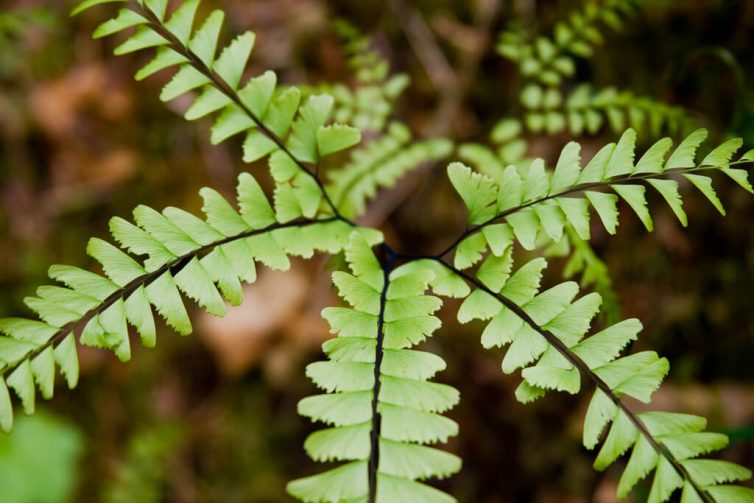
Studies conducted by scientists from different international universities have shown that these roots could be even older, because by analysing the Amborella, a very ancient shrub, it was discovered that there was a genomic doubling 200 million years ago. This gave the plant twice as many genes.
The research suggests that the product of the genomic doubling was the first angiosperm, from which all the others came out.
Amborella is a rare plant and early flower plant, especially found in New Caledonia. It is considered the closest relative of the first flower.
It seems to have an ancestor who emerged with a new set of duplicate genes that were intended to fulfil new functions. So, the ancestor of all flowering plants had suffered a genome doubling event.
It’s also considered that it had the possibility of giving flowers, because of specific genes which are found many more in Amborella and in other plants with flowers as well. These additional genes helped in the creation of new and more colourful flowers in later angiosperms.
Thanks to comparative analyses of the Amborella genome, scientists have been able to see the origins of flowering plants from a new perspective.
The Amborella genome serves as a reference for understanding the changes in the flowering plants that evolved afterwards, which also includes our crop plants and gives information on how to improve their cultivation.
It’s considered that there are more than 14,000 protein-coding genes in the common ancestor of all flowering plants. Of all these genes, there are many that only exist in plants that have flowers, which are also relevant for their production and to carry out typical activities of this kind of species.
The report was published in the journal Science with the aim of clarifying issues that had never been understood before. The evidence is clear, the sequence of that genome partly involves the resolution of what Darwin called the “abominable mystery”, the question of why the flowers suddenly appeared on Earth.
